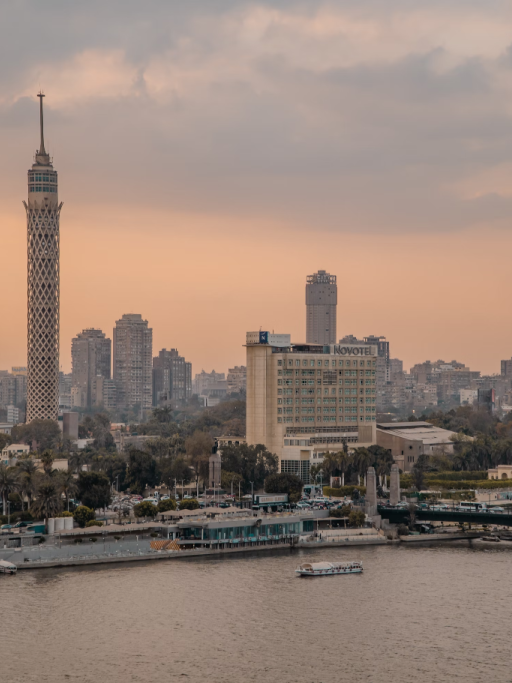Working Areas
Non-Revenue Water (NRW 1): Commercial Losses Management
Organizations Involved
Perusahaan Daerah Air Minum (PERUMDA) Tirta Mayang, Indonesia — Lead Mentee
Perusahaan Daerah Air Minum (Regional Water Utility Company) Tirta Musi Kota Palembang — Lead Mentor
Perpamsi Banten
—
Broker
SDGs
6.4Increased water-use efficiency and sustainable withdrawals and supply of freshwater
Project description
Operational staff from Jambi and Palembang had already been in contact in previous years to the WOP. About ten years before the start of this WOP, Jambi had helped Palembang improving their operations and mapping all their assets through a GIS system. Ten years later the situation had reversed in Jambi and they requested help from Palembang (through PERPAMSI).
Project main objectives
This WOP was entirely focused on NRW reduction by the establishment of one DMA. In order to achieve this, some of the activities planned were:
- Reduce number of inlets of selected area to one in order to close the system and allow for the creation of DMAs with one single inlet
- Replace pipes where necessary (leaking);
- Replace household meters (when damaged);
- Develop an active leakage detection program.
- Reduce number of inlets of selected area to one in order to close the system and allow for the creation of DMAs with one single inlet
- Replace pipes where necessary (leaking);
- Replace household meters (when damaged);
- Develop an active leakage detection program.
Most significant results
According to Tirta Musi this WOP delivered results in technical terms as expected. NRW was reduced during the WOP for the pilot area and that is the most important thing for the management team of Tirta Musi. However, they believe there have also been changes at the mentee utility thanks to the WOP that cannot be directly attributed to it. These changes have taken form in the internal communication at Tirta Mayang. The reason why they think the knowledge transfer was facilitated was because the utilities were very similar in size and in structure (both using surface water and similar geography) and the operational staff of the mentee utility was well educated according to Tirta Musi . However, the change was not able to be maintained over time and the knowledge acquired was not institutionalized. According to Tirta Musi the most important factor affecting the success of a WOP are internal factors to utilities (both mentor and mentee) such as the commitment of the staff and their relationship with external actors such as the municipality. Tirta Musi feels that in utilities similar to their size (i.e. Jambi) people already know how to execute their work but they require the support from external entities (i.e. owners) to facilitate the process of improvement.
PERPAMSI considers this WOP to be a successful partnership case because both utilities met the reporting requirements and adhered to the originally planned work plan. Most importantly, this WOP was able to show improved results in NRW upon its completion.
Tirta Mayang considers this WOP to be a very successful case. Even though the results have not been maintained (the reduction of NRW during the time of the WOP has not continued due to lack of new DMAs) over time due to obstruction from top management, they are happy with the results obtained. They are satisfied with the changes that Tirta Musi brought in (solving the internal problems) and lessons about attitude to work. The positive results registered from this partnership are attributed by both partners as an outcome of their previous relationship. Additionally, Tirta Mayang praises particularly the flexibility of Tirta Musi in adjusting to procedures and hurdles that raised along the way.
PERPAMSI considers this WOP to be a successful partnership case because both utilities met the reporting requirements and adhered to the originally planned work plan. Most importantly, this WOP was able to show improved results in NRW upon its completion.
Tirta Mayang considers this WOP to be a very successful case. Even though the results have not been maintained (the reduction of NRW during the time of the WOP has not continued due to lack of new DMAs) over time due to obstruction from top management, they are happy with the results obtained. They are satisfied with the changes that Tirta Musi brought in (solving the internal problems) and lessons about attitude to work. The positive results registered from this partnership are attributed by both partners as an outcome of their previous relationship. Additionally, Tirta Mayang praises particularly the flexibility of Tirta Musi in adjusting to procedures and hurdles that raised along the way.
Challenges
Failure to invoke key actors lack of financing for WOPs
